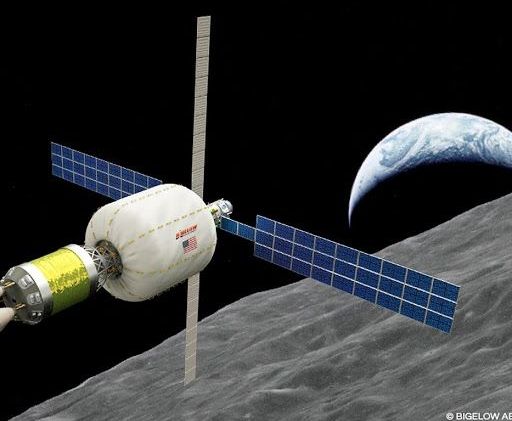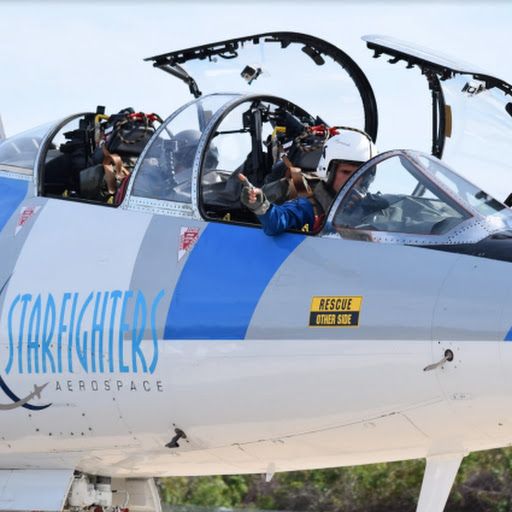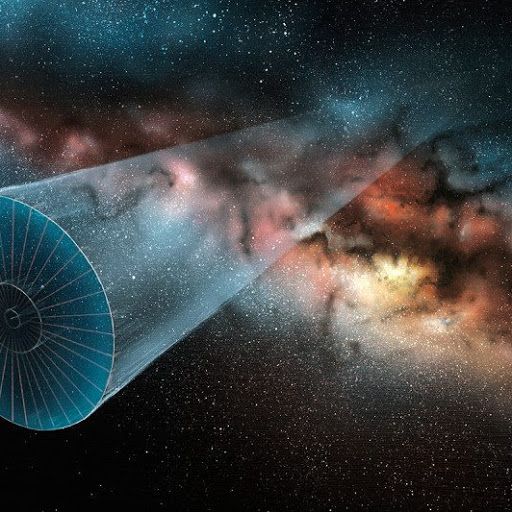This month, the power of artificial intelligence will be coming to more augmented reality developers as a leader in the game and 3D software development space and a major force behind the current school of cloud-based AI have officially announced a new partnership.
In a post on Unity’s website on Tuesday, the company revealed a partnership with computing giant IBM to launch the IBM Watson Unity SDK. This programming interface will open up new cloud-based AI services for developers to use in their applications. And, with AR and AI having become increasingly intertwined technologies, this is only good news for AR developers.







